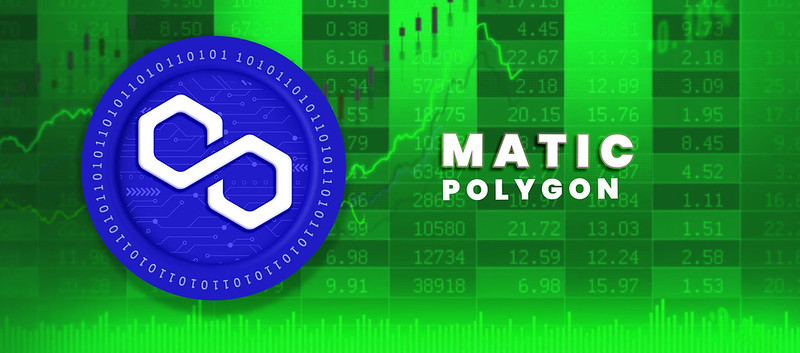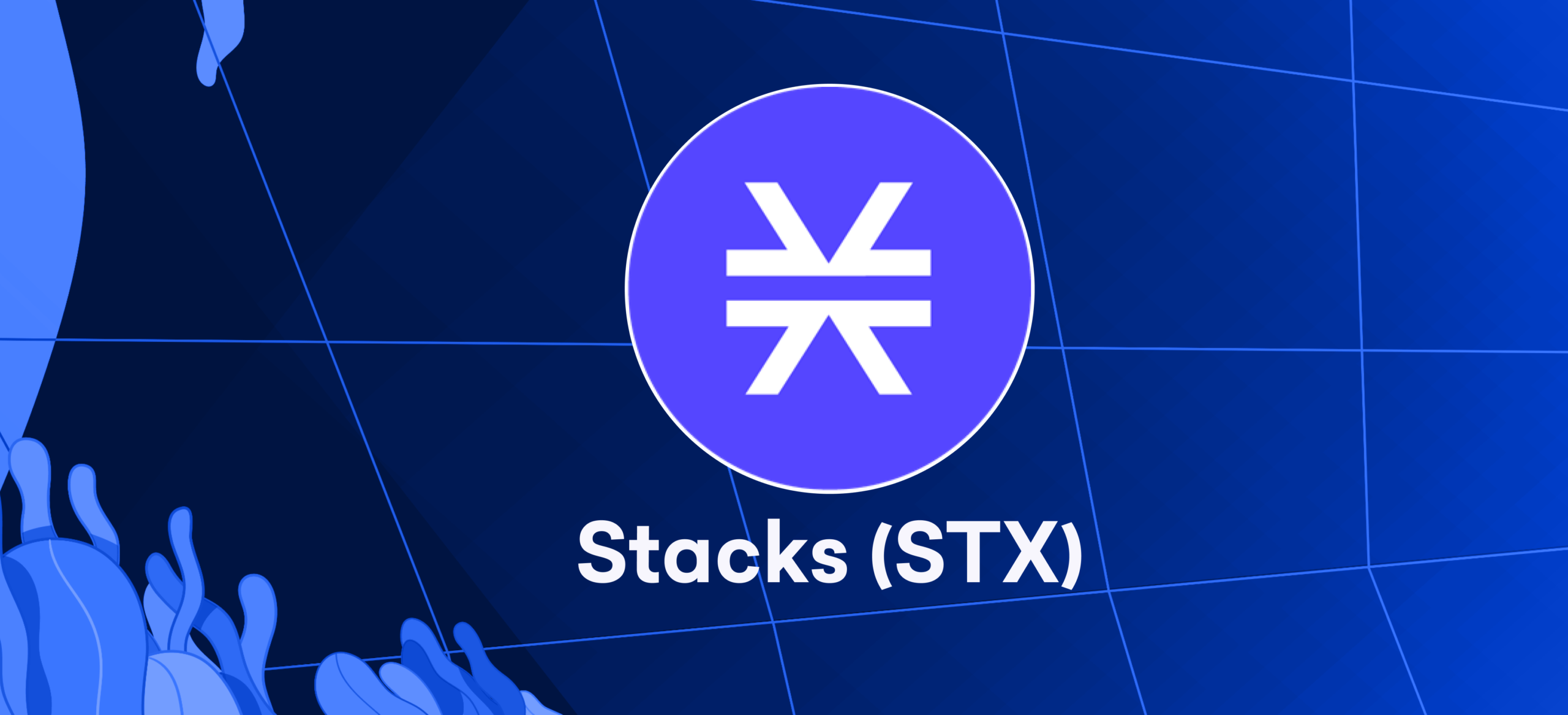
Introduction
The Polygon network revolves around the MATIC token, which serves various purposes such as governance, staking, and fees. Its main goal is to become the preferred blockchain for individuals interested in developing Ethereum-compatible projects.
The Birth of Polygon: Scaling Ethereum’s Vision
The Birth of Polygon: Tracing Its Origins
Polygon’s journey began in India, where it laid the innovative groundwork. Known initially as Matic Network, Polygon came into being in 2017 thanks to the collaborative efforts of three visionary founders: Jayanti Kanani, Sandeep Nailwal, and Anurag Arjun.
Pioneering a Global Decentralized Network
The Matic Network began its journey by establishing a decentralized global network — an impressive feat. The architects of this network firmly believed that by enhancing the Ethereum ecosystem, they could pave the way for groundbreaking advancements in blockchain technology.
Identifying Ethereum’s Scalability Gap
Polygon’s insight revealed a pivotal truth – although Ethereum boasted revolutionary attributes, it faced significant scalability limitations. Recognizing this critical gap, the creators of Polygon realized that it was time to enhance transaction speed, reduce costs, and streamline the complexities that had hindered Ethereum’s growth.
Polygon’s Core Mission: Empowering Developers and Projects
Polygon was carefully developed to provide developers and projects with innovative scaling solutions, leveraging the security and network effects inherent in the Ethereum framework. This synthesis aimed to create an ecosystem where creativity and efficiency could thrive harmoniously.
A Complementary Role: Enhancing Ethereum’s Ecosystem
It is crucial to emphasize that Polygon was not considered a competitor to Ethereum but rather an essential component in its development. Matic Network held a strong belief in the potential of Ethereum and sought widespread adoption. This sentiment was expressed during the project’s introduction when the team proudly declared themselves as “Polygon, Ethereum’s Internet of Blockchain.”
Polygon’s journey from Matic Network to its current form showcases the incredible innovation and collaboration within the blockchain realm. Originating in India, Polygon has successfully merged scalability with the strengths of Ethereum, marking a significant milestone in the ongoing evolution of blockchain technology.
Pros & Cons Of Polygon
Polygon, previously known as Matic Network, serves as a widely embraced Layer 2 scaling solution for the Ethereum blockchain. Its primary objective revolves around addressing the existing scalability challenges faced by Ethereum through the provision of a more streamlined and cost-efficient method for executing transactions and operating decentralized applications. Now, let us delve into some of the Pros and Cons associated with Polygon.
Pros:
- Scalability: Polygon offers impressive scalability as one of its primary benefits. By incorporating advanced technologies like sidechains and a Proof of Stake (PoS) consensus mechanism, it achieves a higher transaction throughput compared to the Ethereum mainnet.
- Faster Transactions: Transactions conducted on the Polygon network exhibit significantly higher speed compared to those carried out on the Ethereum mainnet. The reason behind this lies in the processing of transactions on Polygon’s sidechains before being consolidated onto the Ethereum mainnet. This approach effectively alleviates congestion issues and enhances transaction velocity.
- Lower Fees: Gas fees on the Ethereum mainnet can become exorbitantly high when network activity surges. However, users have found respite on Polygon, where transaction costs are significantly reduced, enabling them to engage with decentralized applications in a more budget-friendly way.
- Ecosystem Compatibility: Polygon functions as an Ethereum Layer 2 solution. This means that it seamlessly integrates with various Ethereum-compatible tools, wallets, and dApps without requiring significant modifications.
- Interoperability: Polygon extends beyond its network by establishing connections with other blockchains and networks, fostering seamless interoperability across diverse blockchain ecosystems.
- Developer-Friendly: Developers can easily transfer their Ethereum smart contracts to Polygon with minimal adjustments. This seamless migration process encourages a greater number of developers to construct and launch their applications on this network.
Cons:
- Centralization Concerns: Polygon utilizes a PoS consensus mechanism. However, questions have arisen regarding the level of centralization within its network due to the limited number of validators and staking participants.
- Security Trade-offs: Layer 2 solutions like Polygon bring forth new security considerations. Although these risks are effectively managed and mitigated, there always exists a trade-off between scalability and ensuring security.
- Dependency on Ethereum: As Polygon functions as a Layer 2 solution for Ethereum, its success is interconnected with the performance and upgrades of the Ethereum network. Any changes or issues occurring on the Ethereum mainnet could indirectly impact Polygon’s operations.
- Network Effects: Polygon has gained significant adoption and popularity, but it faces competition from other Layer 2 solutions and scaling projects. The success of any blockchain network heavily depends on its network effects, so Polygon must attract users and developers to sustain its momentum consistently.
- Learning Curve: Polygon aims to simplify scalability, but for newcomers unfamiliar with blockchain technology’s intricacies, using Layer 2 solutions may still pose a learning curve.
The Infrastructure Of The Polygon Network
A Revolutionary Launch
Polygon, a groundbreaking initiative, has emerged as the trailblazer in Ethereum scaling and infrastructure development. Positioned as a pioneering and user-friendly platform, Polygon seeks to tackle the intricate challenges of scaling while taking a structured approach.
The Core of Polygon’s Innovation – Polygon SDK
At the core of Polygon’s groundbreaking architecture resides the Polygon Software Development Kit (SDK). This dynamic and modular framework has been meticulously crafted to enable the seamless creation and integration of cutting-edge solutions. The new SDK is like a strong base that connects two different but related solutions: secured Chains (Layer 2 chains) and Stand-alone Chains (Sidechains).
They are empowering Layer 2 Chains.
Polygon’s Layer 2 chains take center stage by addressing the needs of both highly secure applications and emerging projects or communities lacking the resources for a secure and decentralized validator pool. These chains are designed to support a range of technologies, including Plasma chains, Optimistic rollups, zkRollups, and other cutting-edge advancements.
Unveiling Sidechains
Unlike Layer 2, Polygon’s Sidechains possess unparalleled autonomy and adaptability. However, there is a trade-off involved: these Sidechains display a relatively reduced level of decentralization and security. Nonetheless, this inherent flexibility allows for the utilization of Ethereum’s security attributes, allowing the Sidechains to be customized according to specific requirements. These remarkable advancements find their niche primarily in enterprise applications and projects that place community strength as a priority over maximum security.
The Versatility of Polygon SDK
Polygon’s SDK is a versatile powerhouse, accommodating a wide range of solutions and products. It offers developers an expansive toolkit, providing facilitation for Inter-chain messaging protocols, data availability services, shared security services, and adapters for external blockchain networks. Additionally, Polygon’s ecosystem includes specialized modules tailored to specific applications, showcasing their commitment to comprehensive innovation.
Polygon’s launch marked the dawn of a new era in Ethereum scaling and infrastructure development. With its robust Polygon SDK, the platform fosters the expansion of secure and interconnected Layer 2 chains and adaptable yet secure Sidechains. It offers a versatile toolkit that empowers developers to shape the future of blockchain technology.
The Future Ahead For Polygons
Polygon Miden: A Glimpse of the Future
Polygon’s unwavering commitment to innovation drives their endeavors as they push forward with diverse projects. Among them, the Polygon Miden, an upcoming rollup that has captured significant attention, stands out. This cutting-edge creation is built on STARK technology and is fully compatible with the Ethereum Virtual Machine (EVM). Its completion is scheduled before the end of 2022.
RECUR: Paving the Path Forward
In December 2022, Polygon was set to unveil an intriguing collaboration as it partners with RECUR in a strategic move. Polygon has chosen RECUR as its official blockchain partner for primary minting activities.
Venturing into New Horizons with MIR and Polygon Zero
Polygon has recently made a groundbreaking announcement, revealing a significant partnership with MIR, a startup specializing in ZK (zero-knowledge) technology development. This momentous $400 million deal marks the inception of Polygon Zero and showcases their forward-thinking approach to innovation.
Empowering Transactions with zkEVM
A pivotal moment for Polygon comes with the arrival of zkEVM, an abbreviation representing “zero-knowledge” and “Ethereum Virtual Machine.” With the introduction of this advanced technology, Polygon is set to revolutionize transaction efficiency. The capability to handle a remarkable volume of transactions simultaneously while maintaining peak speed and efficiency is a promise that zkEVM holds.
Fueling Innovation: Collaboration with Seven Seven Six
Polygon’s commitment to fostering innovation in Web3 and social media is evident as they inject a staggering $200 million into Alexis Ohanian’s venture, Seven Seven Six. This substantial investment aims to ignite groundbreaking projects at the vibrant intersection of social media and Web3.
Uniswap and Polygon: A Symbiotic Venture
In 2022, Polygon’s initiatives culminate in a significant collaboration with Uniswap. By the end of the year, the integration of Uniswap’s V3 contracts into the Polygon PoS mainnet represents a meaningful step towards improving functionality and accessibility within their ecosystem.
The Outcome Of Polygon Post-Merger
The Merge, an impactful event in the cryptocurrency world, took place on September 15. It marked Ethereum’s successful transition to proof-of-stake consensus, a significant development that has reduced energy consumption by an astounding 99.95%.
RephraseEven after The Merge, Ethereum continues to maintain its gas fees at the same levels. However, this presents an opportunity for Polygon, as their layer scaling solution offers reduced gas fees and alleviates congestion on the blockchain. This is beneficial news for users who require a more efficient and cost-effective alternative like Polygon’s solution.
The historical price Movement of MATIC
According to CoinMarketCap, MATIC conducted its Initial Exchange Offering (IEO) from April 18 to April 25, 2019. During this period, it they offered 1.9 billion MATIC tokens for sale. Furthermore, MATIC also had an Initial Coin Offering (ICO) that was priced at $0.002630 to raise $5 million.
| DATE | PRICE |
| May 31, 2020
(Polygon’s Mainnet Launch) |
$0.02052 |
| June 5, 2020 (Listing on Binance US) | $0.0207 |
| January 31, 2022 (Matic Network foundation nodes shutdown) | $0.03828 |
| Dec 28, 2021 (MATIC’s All-time High) | $2.72 |
| June 19, 2021 | $0.3466 |
| Nov 6, 2022 | $1.14 |
Final Thoughts
MATIC functions as a supportive companion to Ethereum rather than a rival. The prime objective behind its creation is to foster the growth of Ethereum-compatible ventures and blockchain networks. Polygon actively focuses on community enrichment instead of purely pursuing profit generation.
It has made notable contributions by implementing blockchain-based police complaint systems. Additionally, it partnered with OCEEF to integrate deep-sea missions into the metaverse. Furthermore, the organization offers assistance to diverse platforms within the cryptocurrency realm. Undoubtedly, Polygon consistently amazes the cryptocurrency community with its innovative initiatives.








